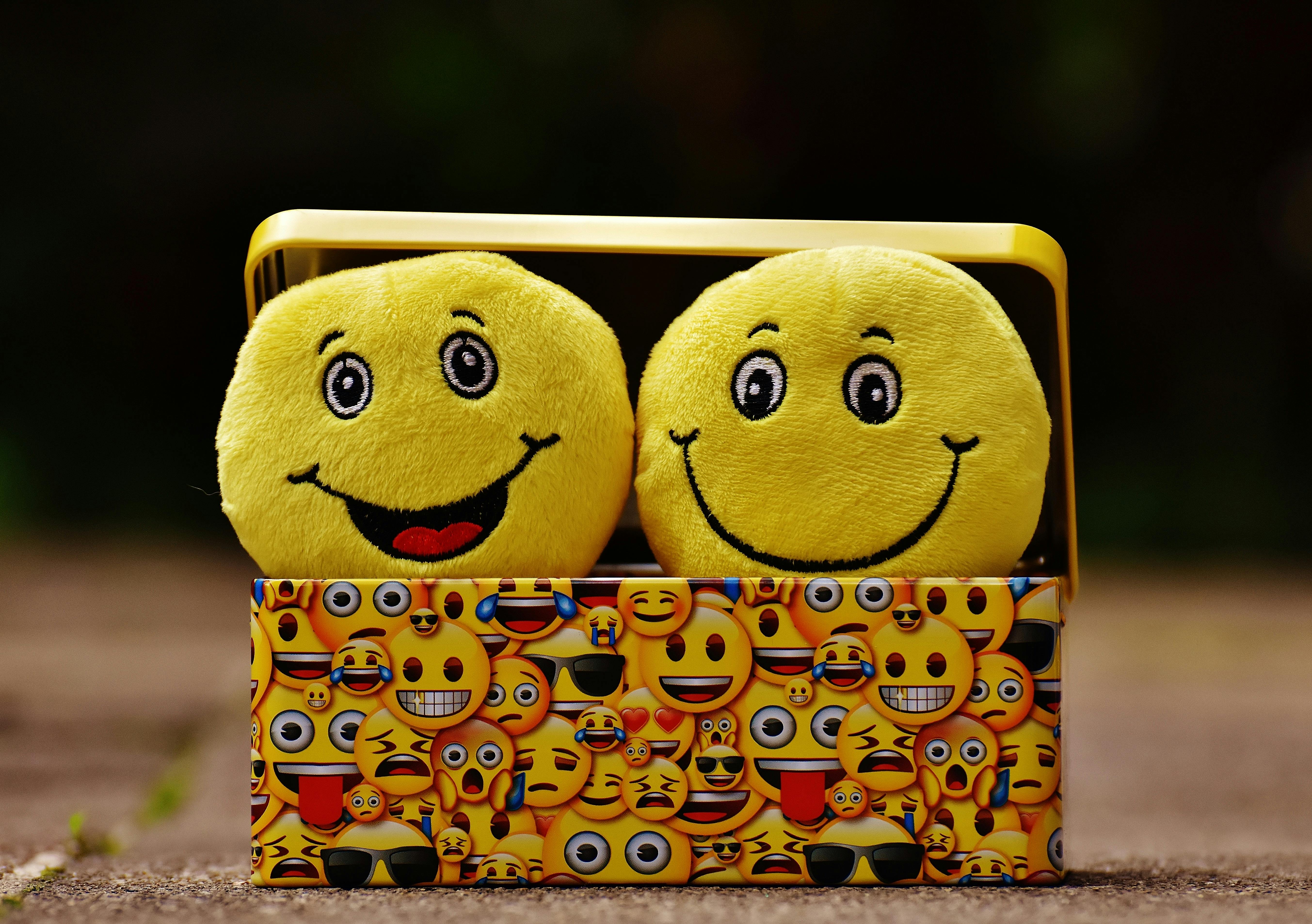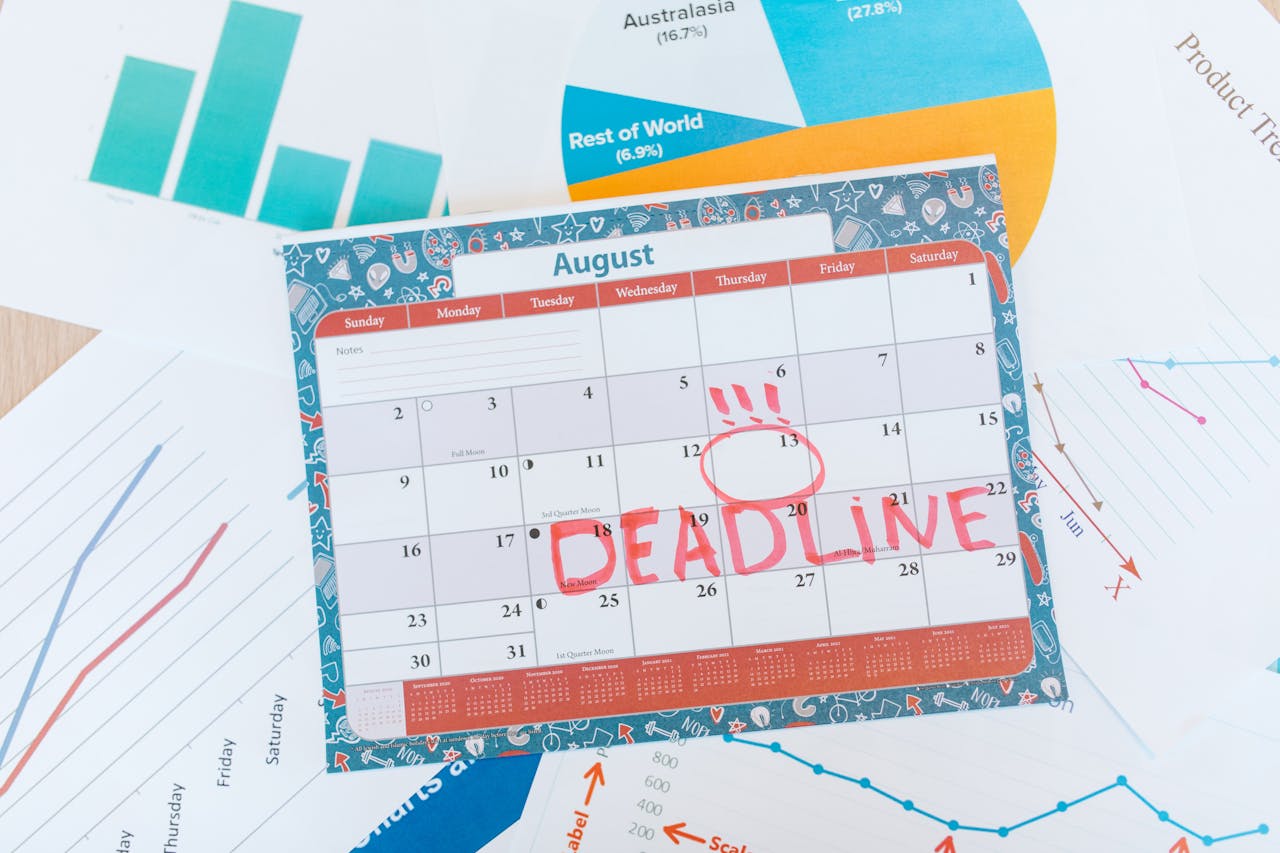A chorus of new office norms arrives with the youngest cohort, and managers are still deciding what to make of it. One 2025 survey claimed six in ten employers let go of Gen Z hires early, pointing to emoji-heavy emails and slang as friction points. Strip away the noise and a clearer picture shows up. A generation trained by rapid cycles and public collaboration favors speed, receipts, and context. The habits below look unconventional, yet they reveal priorities shaped by digital-first lives.
Using Emojis To Signal Tone In Formal Notes

Emojis slip into subject lines and updates to prevent misread intent. A thumbs-up ends a task thread, a sparkle tags a win, and a neutral face marks blockers without sounding heated. Traditionalists read casual; newcomers read clarity. The results are fewer long explanations, quicker temperature checks, and cleaner alignment across time zones. When tone compresses into a character, teams spend less time decoding mood and more time shipping work that holds up under scrutiny.
Calendar Guardrails Over Constant Availability

Bookable links, meeting-free blocks, and hard do-not-disturb windows move availability from guesswork to policy. Instead of quick pings, colleagues send calendar invites or async threads that respect focus and context switching. Real-time seekers grumble; deep work survives. The habit normalizes saying no without drama, then delivering yes on a visible schedule. By treating time as a resource, expectations stabilize, urgency is earned, and deadlines stop drifting in crowded chat windows.
Voice Notes And Screen Recordings Instead Of Long Emails

Typed paragraphs become ninety-second voice notes or quick screen recordings that walk through problems step by step. The shift trims reply chains, preserves nuance, and creates reusable mini-guides for the next person with the same question. Transcripts make content searchable, timestamps anchor decisions, and links drop neatly into project docs. Formal memos still matter for policy. For daily workflow, talk-throughs move blockers faster and keep context intact for whoever joins later.
Public Docs For Pay, Promotions, And Process

Whisper networks lose power when pay bands, promotion criteria, and process checklists live in shared docs. Comments replace closed-door nudges, and version history shows who changed what, when, and why. Transparency pushes managers toward consistent decisions and teaches new hires the rules in plain sight. It can feel blunt, but it reduces guesswork and quiet resentment. People spend less time reading the room and more time reading the roadmap that everyone can see.
Portfolios And Link Hubs Over Traditional Resumes

Clickable galleries, code repos, and link hubs tell a project story faster than bullet points. Hiring teams skim demos, read postmortems, and scan metrics before interviews. That bias toward receipts over rhetoric trains employees to document outcomes as they go. Rotational work becomes visible as small, scoped wins across teams. A living timeline outperforms a static annual review, and proof of craft beats claims of experience when deadlines tighten and stakes rise.
Slack Reactions As Micro-Decisions

A checkmark reaction means approved, a ship icon means live, and a party popper closes the loop. What looks like decoration is a compact decision system that timestamps consensus without another meeting. Threads hold context, pinned summaries keep history, and search recalls choices months later. Critics want full sentences; practitioners want speed and traceability. Lightweight signals scale because everyone understands the legend and the trail is easy to audit when questions surface.
Screenshot Receipts And Over-Documentation

Screenshots, short clips, and before-and-after images flood channels to prove progress and prevent misalignment. The habit builds trust with artifacts, especially in cross-functional work where handoffs derail momentum. It also future-proofs onboarding. Newcomers learn by scrolling a visual timeline instead of decoding abstract notes. Some call it performative; Gen Z calls it clear. Debates bend toward evidence, status reports write themselves, and projects survive leader changes because the receipts never moved.
Microlearning With AI Prompts And Snippets

Daylong workshops give way to small, targeted tutorials, saved prompts, and bite-size snippets that solve immediate problems. A junior editor stores regex tricks in a shared note. A designer keeps auto-layout recipes. A marketer logs UTM templates that never break. The system rewards iteration and makes skills portable across teams. Knowledge compounds in pieces. Libraries become the first stop before tapping a colleague, and the answers improve each time someone adds a better example.
Open Side Projects And Creator Experiments

A newsletter, a plugin, or a weekend microbrand appears in portfolios and occasionally inside company channels. Leaders worry about distraction, yet the payoff is real. Side projects sharpen craft, attract recruits, and test ideas cheaply. With clear guardrails, the crossover benefits stack up. Faster prototyping, trend fluency, and bolder storytelling translate into stronger launches. Skills become a living stack rather than a fixed title, and curiosity pays compound interest.


